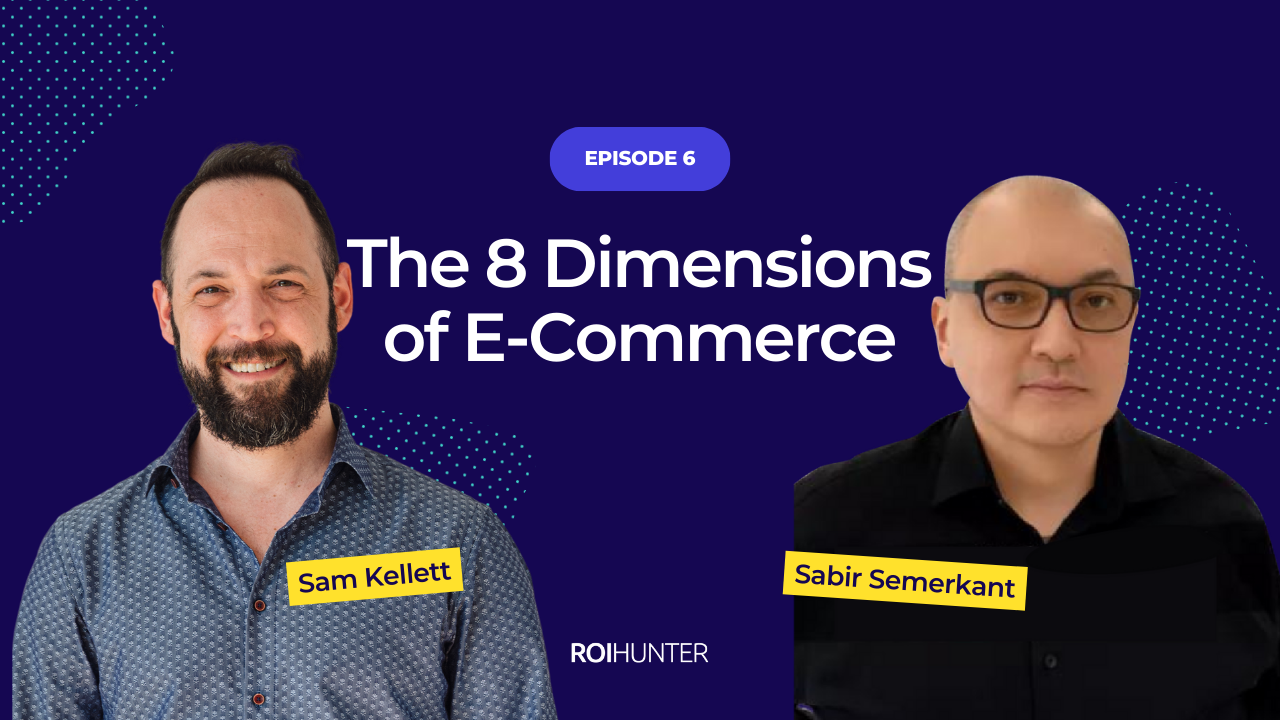In today's fast-paced digital era, businesses are continually exploring new avenues to reach their target audiences and drive revenue. One crucial aspect of modern marketing is analysing the effectiveness of advertising campaigns.
Enter Profit on Ad Spend (POAS), a vital metric that measures the success of marketing efforts by evaluating the return on investment from advertising expenditures. In this article, we’ll discuss what POAS is and why it matters for marketing and merchandising departments.
What is Profit on Ad Spend (POAS)?
It’s no secret that the main metric marketers use to evaluate their success is return on ad spend (ROAS).
However, ROAS has its limitations:
- It’s analysing revenue, not profit.
- It doesn’t factor in margin or returns.
- Its focus is short-term.
- Results can be skewed by average order value (AOV) variations.
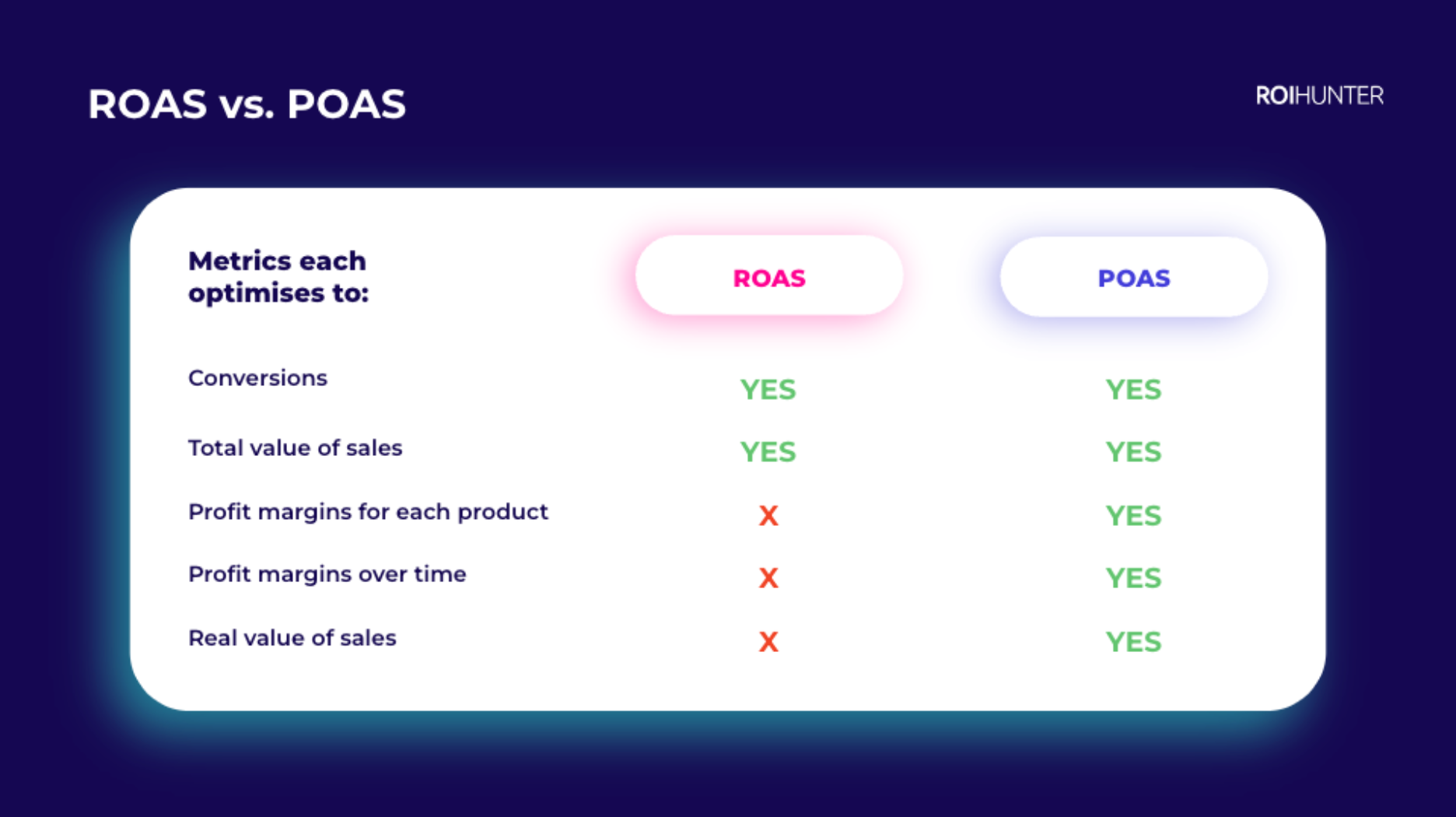
How does ROAS compare to POAS?
That’s why retail marketers are complementing ROAS with a metric called profit on ad spend (POAS).
POAS is a performance metric that quantifies the profitability of advertising campaigns. It measures the revenue generated from advertising efforts relative to the amount spent on those campaigns. POAS calculates the ratio of the revenue earned from the ads to the total cost of the ads.
The formula for calculating POAS is simple:
POAS = Gross Margin / Ad Spend
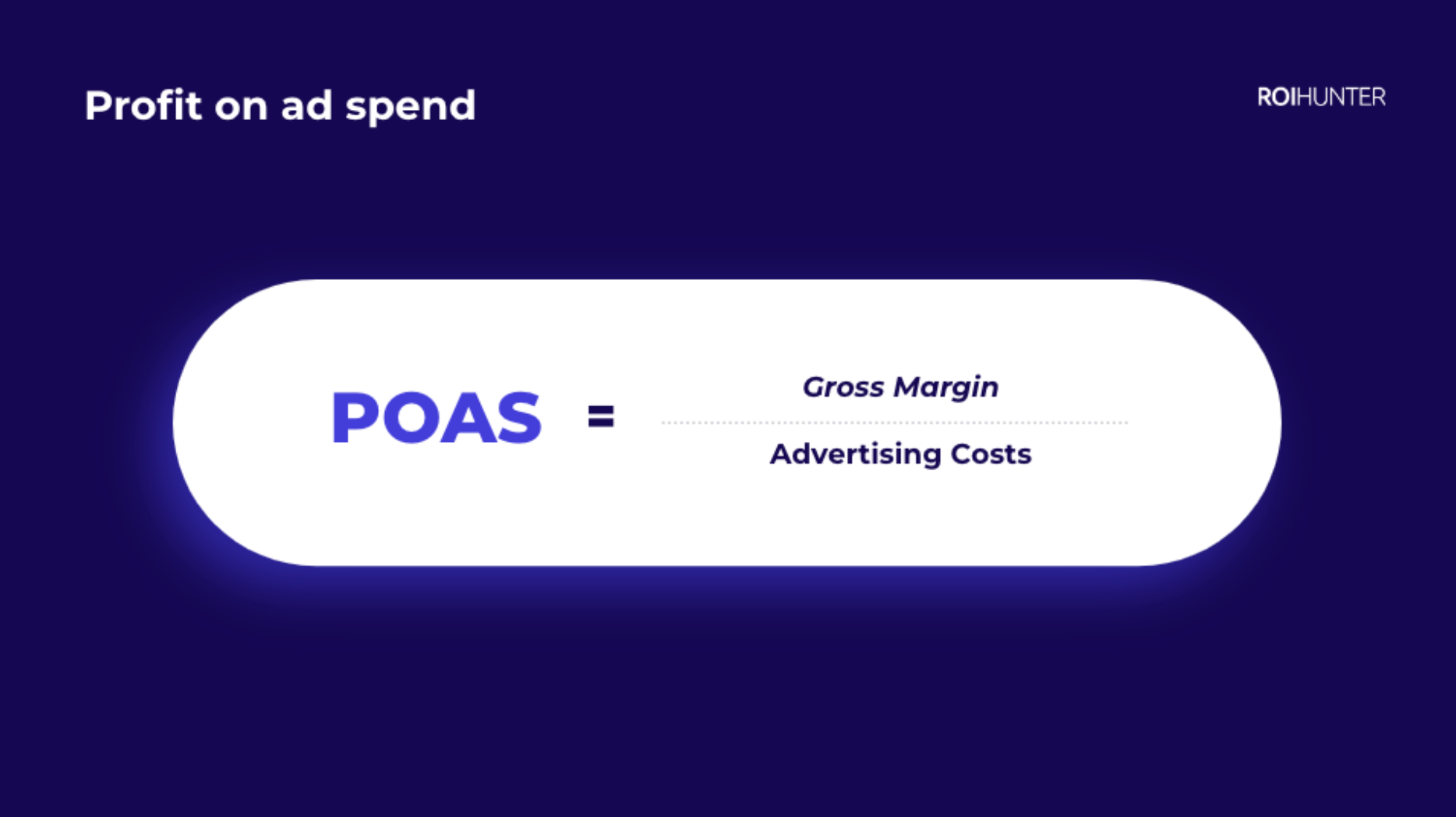
For example, if a company spends $10,000 on advertising and generates $50,000 in revenue from those ads, the POAS would be:
POAS = (€50,000 - €10,000) / €10,000 = 4
A POAS of 4 indicates that for every euro spent on advertising, the company earned €4 in revenue, resulting in a profitable advertising campaign.
A POAS greater than 1 indicates that the advertising campaign was profitable, while a POAS less than 1 means the campaign failed to generate enough revenue to cover its costs.
Why does POAS matter for marketing and merchandising departments?
Importance for marketing departments:
Data-Driven Decision Making: POAS helps marketing departments evaluate the return on their advertising investments. By understanding which campaigns are yielding positive ROIs, marketing teams can make informed decisions on allocating resources effectively. This enables them to optimise their strategies and focus on initiatives that have the potential to drive higher profits.
Budget Allocation: With POAS insights, marketing departments can allocate their budgets more efficiently. By directing funds toward campaigns with higher POAS ratios, they can achieve a higher ROI and avoid wasting resources on less profitable efforts.
Campaign Performance Evaluation: POAS allows marketers to assess the performance of various campaigns, channels, or even individual ads. This data-driven approach helps them identify the strengths and weaknesses of different marketing initiatives, enabling continuous improvement and fine-tuning of future campaigns.
Importance for merchandising departments:
Product Performance Assessment: For merchandising departments, understanding the POAS for specific products can be invaluable. By analysing the revenue generated by each product in relation to its advertising costs, they can identify which products are driving profitability and which may need additional promotion or optimisation.
Inventory Management: POAS helps merchandisers make informed decisions regarding inventory levels. Products with high POAS ratios might indicate strong demand and warrant increased stock, while products with low POAS ratios could signify the need for adjustments in pricing, positioning, or marketing efforts.
Customer Behaviour Insights: By evaluating the POAS for different product categories or customer segments, merchandising departments can gain valuable insights into customer preferences and behaviour. This information can guide them in tailoring product offerings and advertising strategies to cater to specific target audiences more effectively.
Barriers to finding POAS
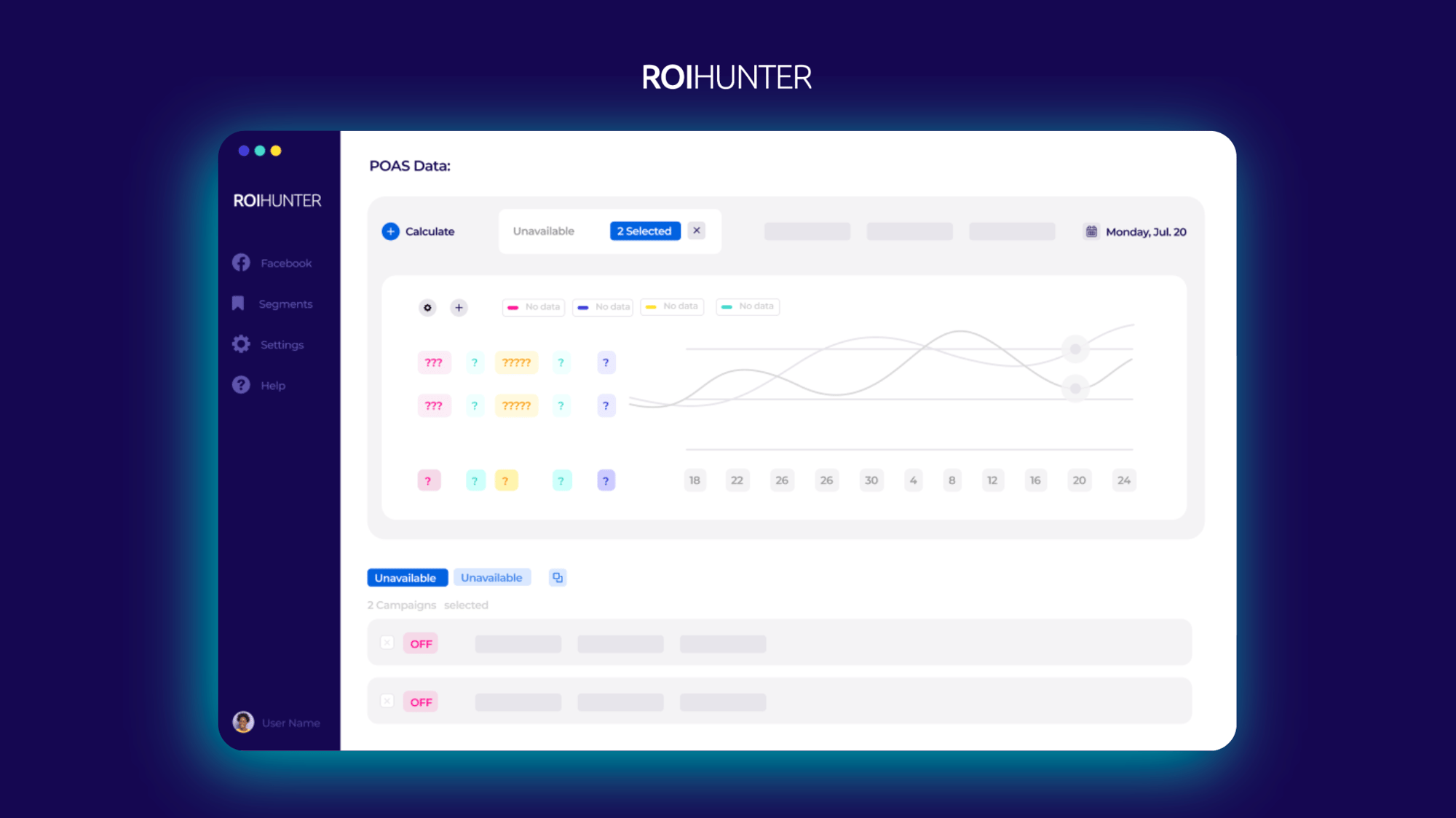
Margin custom labels are inadequate.
Over the past few years, a popular Google Shopping solution is to use margins in a custom_label. This enables you to set higher ROAS targets for products with a low margin and vice versa.
The drawback with margins in a custom label is that they only tell you the margin of the item that people click on in Google Shopping, not the POAS for what these shoppers actually buy.
In fact, many people (up to 60%) don’t actually end up purchasing the products they click on in Google Shopping.
Another case where margin custom labels fall short occurs when buyers purchase more than one product with varying margins in one transaction. Your margin data is unable to track this, leading your bidding to be inaccurate.
This issue becomes much larger with any increase in the number of items you have.
Another major issue is that retailers simply don’t have access to the full picture of their company to use POAS effectively.
To use POAS, you need to know the costs of your products, how much you paid for the product, and/or how much it cost to make it. You also need data on what you have to pay for things like packaging, shipping, returns, and more.
Without a proper data collection tool to help calculate profit, such as a product performance management (PPM) platform, retailers cannot effectively use POAS to evaluate the goals of an advertising campaign, impeding the work of their marketing departments.
Final word
Profit on Ad Spend (POAS) is a critical metric for both marketing and merchandising departments, as it provides a quantifiable way to measure the effectiveness and profitability of advertising campaigns and merchandising strategies.
Armed with POAS data, businesses can make data-driven decisions, allocate resources more efficiently, and fine-tune their approaches to drive higher profits and stay ahead in the competitive market. By leveraging POAS insights, companies can ensure their marketing and merchandising efforts are not only successful but also optimised for long-term growth and success.
Interested in learning more? Check out our e-book to ensure your marketing and commercial teams are aligned toward profitability:


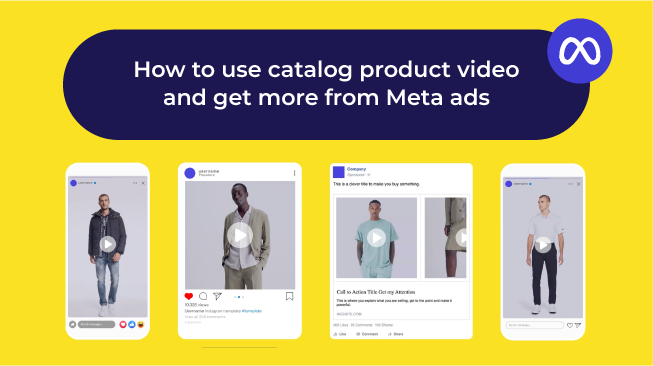
.png)
